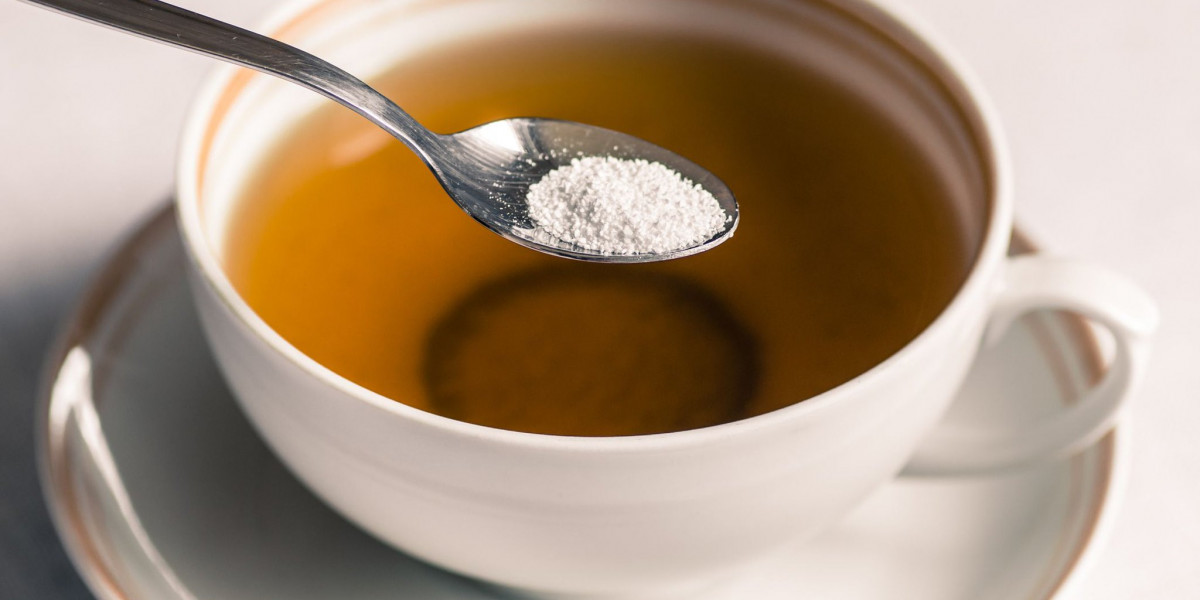The global Ready to Drink tea market has experienced a significant transformation over the past few years, driven by shifting consumer preferences, health consciousness, and the pursuit of convenience. As one of the fastest-growing segments in the non-alcoholic beverage industry, RTD tea has evolved from a niche refreshment to a mainstream staple. From functional ingredients to sustainability-driven packaging, several trends are reshaping this vibrant market.
Health-Conscious Consumers Are Redefining the Beverage Landscape
One of the primary drivers behind the shifts in the RTD tea market is the growing health and wellness trend. Modern consumers are more mindful of what they consume, and sugary sodas are steadily being replaced with healthier alternatives. RTD tea, particularly those with reduced sugar content, herbal infusions, or functional benefits like antioxidants and adaptogens, has gained favor among health-aware demographics.
Green tea, black tea, oolong, and herbal blends with added vitamins, probiotics, and other functional ingredients are in high demand. Brands are capitalizing on this shift by launching teas that promote immunity, relaxation, detoxification, and energy-boosting properties.
Premiumization and Flavor Innovation Drive Market Growth
Today’s consumers are also seeking premium experiences in their everyday beverages. RTD teas have moved beyond the conventional lemon and peach flavors. Exotic and regional flavors like hibiscus, matcha, yuzu, jasmine, turmeric, and rooibos are being incorporated to entice adventurous palates.
In addition to flavor variety, there’s a noticeable shift toward premium ingredients—organic tea leaves, cold-brewed processes, and natural sweeteners like stevia or honey. These innovations are helping brands position themselves as both luxurious and health-forward, allowing them to appeal to a more discerning audience.
Sustainability and Ethical Sourcing Matter More Than Ever
Sustainability has become a non-negotiable factor for modern beverage brands. Consumers are increasingly aware of the environmental impact of their purchases, and they’re demanding eco-friendly solutions. As a result, many RTD tea brands are switching to recyclable or biodegradable packaging, using plant-based plastics, or offering refillable glass bottles.
Moreover, ethical sourcing is gaining traction. Fair trade certifications, transparent supply chains, and partnerships with local tea farmers are now common among top players. Consumers want to know where their tea comes from and whether it was sourced in a socially responsible manner.
Digital and Direct-to-Consumer Channels Are Expanding Reach
With the rise of e-commerce and digital marketing, RTD tea brands are no longer confined to grocery store shelves. Direct-to-consumer (DTC) models and online subscription services have enabled smaller, independent tea companies to compete with industry giants. Social media platforms like Instagram and TikTok are becoming key tools for promoting limited-edition flavors, educating consumers, and building brand communities.
This digital presence also allows brands to collect data and personalize offerings—customized flavors, bundles, or health-focused options based on individual needs. In turn, this creates deeper engagement and long-term loyalty among consumers.
Globalization and Regional Preferences Shape Market Diversity
The global RTD tea market is not homogenous—preferences vary widely by region. In Asia-Pacific, where tea has deep cultural roots, traditional flavors still dominate. Meanwhile, in North America and parts of Europe, innovation and health-driven options are more prominent. Latin America and the Middle East are emerging markets with increasing adoption of RTD beverages due to urbanization and changing lifestyles.
To succeed globally, brands must localize their product offerings. Understanding regional palates, climate influences, and cultural nuances is essential for establishing a strong presence in diverse markets.
Conclusion: A Dynamic Market Poised for Continued Growth
The RTD tea market is undergoing a dynamic evolution as it adapts to health trends, sustainability expectations, and digital innovations. With ample room for creativity in flavor, formulation, and packaging, the sector is ripe with opportunities. As consumer behaviors continue to evolve, brands that remain agile and responsive will be best positioned to thrive in this competitive yet rewarding space.









